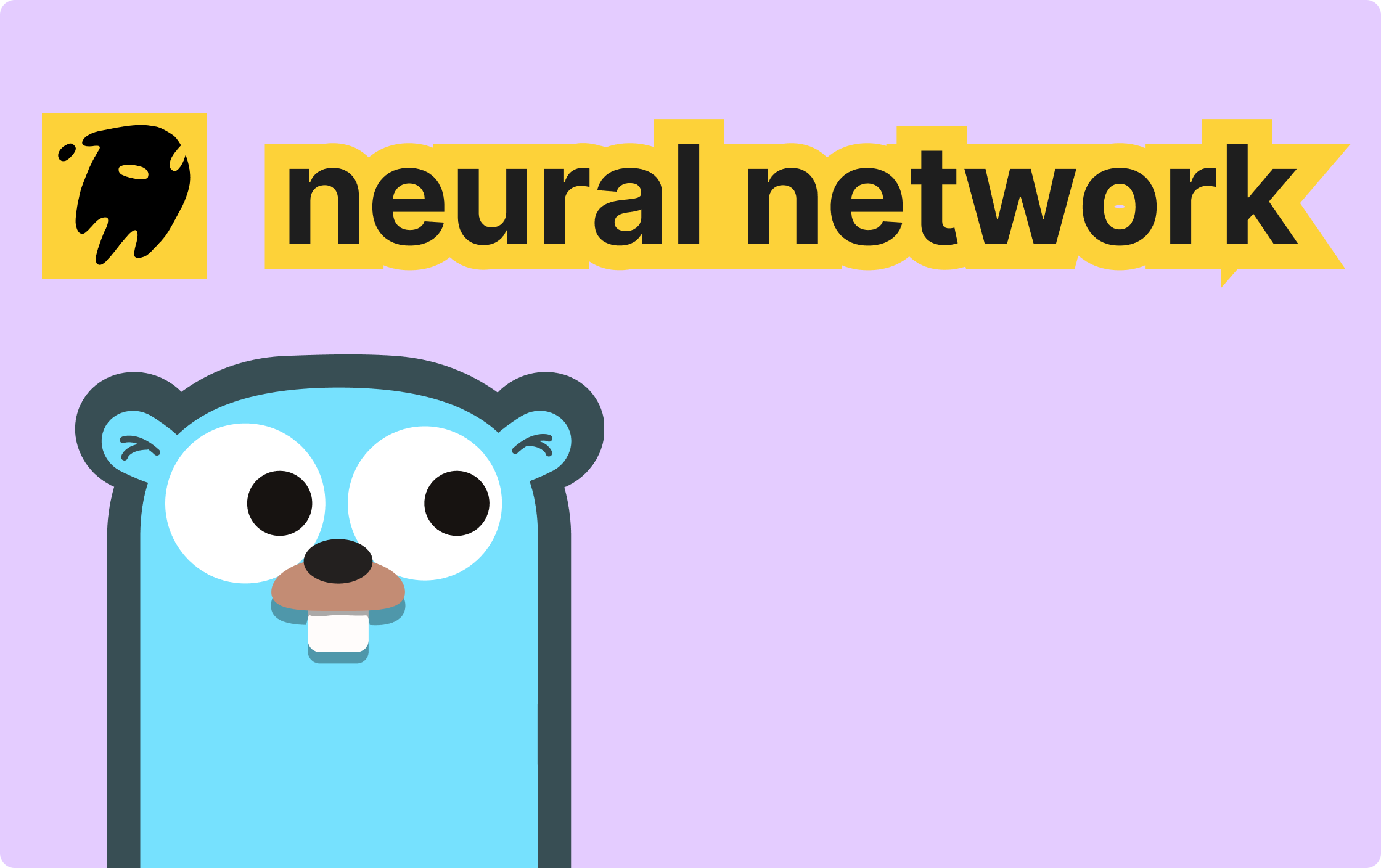Understanding SQL Common Table Expressions (CTEs)
Takashi Yamamoto
Infrastructure Engineer · Leapcell

Key Takeaways
- CTEs improve SQL query readability and structure.
- CTEs support recursive queries for hierarchical data.
- Overusing CTEs may affect performance on large datasets.
SQL, or Structured Query Language, is an essential tool for managing and manipulating relational databases. Among its many powerful features, the Common Table Expression (CTE) stands out for its ability to simplify complex queries, improve code readability, and support advanced data processing techniques. This article explores what CTEs are, how they work, and best practices for using them.
What is a Common Table Expression (CTE)?
A Common Table Expression is a temporary result set that you can reference within a SELECT, INSERT, UPDATE, or DELETE statement. Unlike derived tables or subqueries, a CTE provides a more readable and modular way to structure complex queries.
CTEs were first introduced in SQL Server 2005 and are now supported by most major relational database management systems, including PostgreSQL, MySQL (8.0+), Oracle, and SQLite.
Syntax of a CTE
The basic syntax of a CTE is as follows:
WITH cte_name AS ( SELECT column1, column2 FROM table_name WHERE condition ) SELECT * FROM cte_name;
You begin a CTE with the WITH keyword, followed by the name of the CTE and the query that defines it in parentheses. The CTE can then be referenced as if it were a regular table or view in the main query.
Benefits of Using CTEs
1. Improved Readability
CTEs help break down complicated queries into simpler, logical building blocks. This modular approach makes it easier to understand, debug, and maintain SQL code.
2. Recursive Queries
One of the most significant advantages of CTEs is their ability to handle recursive queries, such as traversing hierarchical data (e.g., organizational charts or tree structures). Recursive CTEs repeatedly execute a query until a condition is met.
3. Reusability
A single CTE can be referenced multiple times within the main query, eliminating the need to repeat complex subqueries.
Example: Simple CTE
Suppose you want to retrieve employees with salaries above the company average:
WITH avg_salary AS ( SELECT AVG(salary) AS company_avg FROM employees ) SELECT name, salary FROM employees, avg_salary WHERE employees.salary > avg_salary.company_avg;
Here, the avg_salary CTE calculates the average salary once, making the main query straightforward and efficient.
Example: Recursive CTE
A recursive CTE can help you retrieve all subordinates of a given manager in an organizational hierarchy:
WITH RECURSIVE subordinates AS ( SELECT id, name, manager_id FROM employees WHERE manager_id IS NULL UNION ALL SELECT e.id, e.name, e.manager_id FROM employees e INNER JOIN subordinates s ON e.manager_id = s.id ) SELECT * FROM subordinates;
This query starts with top-level managers and recursively finds all their direct and indirect reports.
Limitations and Best Practices
- Performance: While CTEs can make queries more readable, they may not always be the most efficient, especially for very large datasets. In some databases, CTEs are not materialized, meaning the query inside the CTE is executed each time it is referenced.
- Multiple CTEs: You can define multiple CTEs by separating them with commas.
- Naming: Use meaningful names for your CTEs to make your queries self-explanatory.
Conclusion
Common Table Expressions are a powerful feature in SQL that enhance both the clarity and capability of your queries. By providing a way to structure complex logic in a modular and readable fashion, CTEs are invaluable for database professionals and anyone working with data. Whether you are simplifying a multi-step calculation or traversing hierarchical data, mastering CTEs will make you a more effective and efficient SQL programmer.
FAQs
A CTE is a temporary, named result set used within a SQL statement to simplify complex queries.
Yes, recursive CTEs can handle hierarchical data, such as organizational charts or trees.
Yes, excessive or inefficient CTE use can slow performance, especially with large tables.
We are Leapcell, your top choice for hosting backend projects.
Leapcell is the Next-Gen Serverless Platform for Web Hosting, Async Tasks, and Redis:
Multi-Language Support
- Develop with Node.js, Python, Go, or Rust.
Deploy unlimited projects for free
- pay only for usage — no requests, no charges.
Unbeatable Cost Efficiency
- Pay-as-you-go with no idle charges.
- Example: $25 supports 6.94M requests at a 60ms average response time.
Streamlined Developer Experience
- Intuitive UI for effortless setup.
- Fully automated CI/CD pipelines and GitOps integration.
- Real-time metrics and logging for actionable insights.
Effortless Scalability and High Performance
- Auto-scaling to handle high concurrency with ease.
- Zero operational overhead — just focus on building.
Explore more in the Documentation!
Follow us on X: @LeapcellHQ




